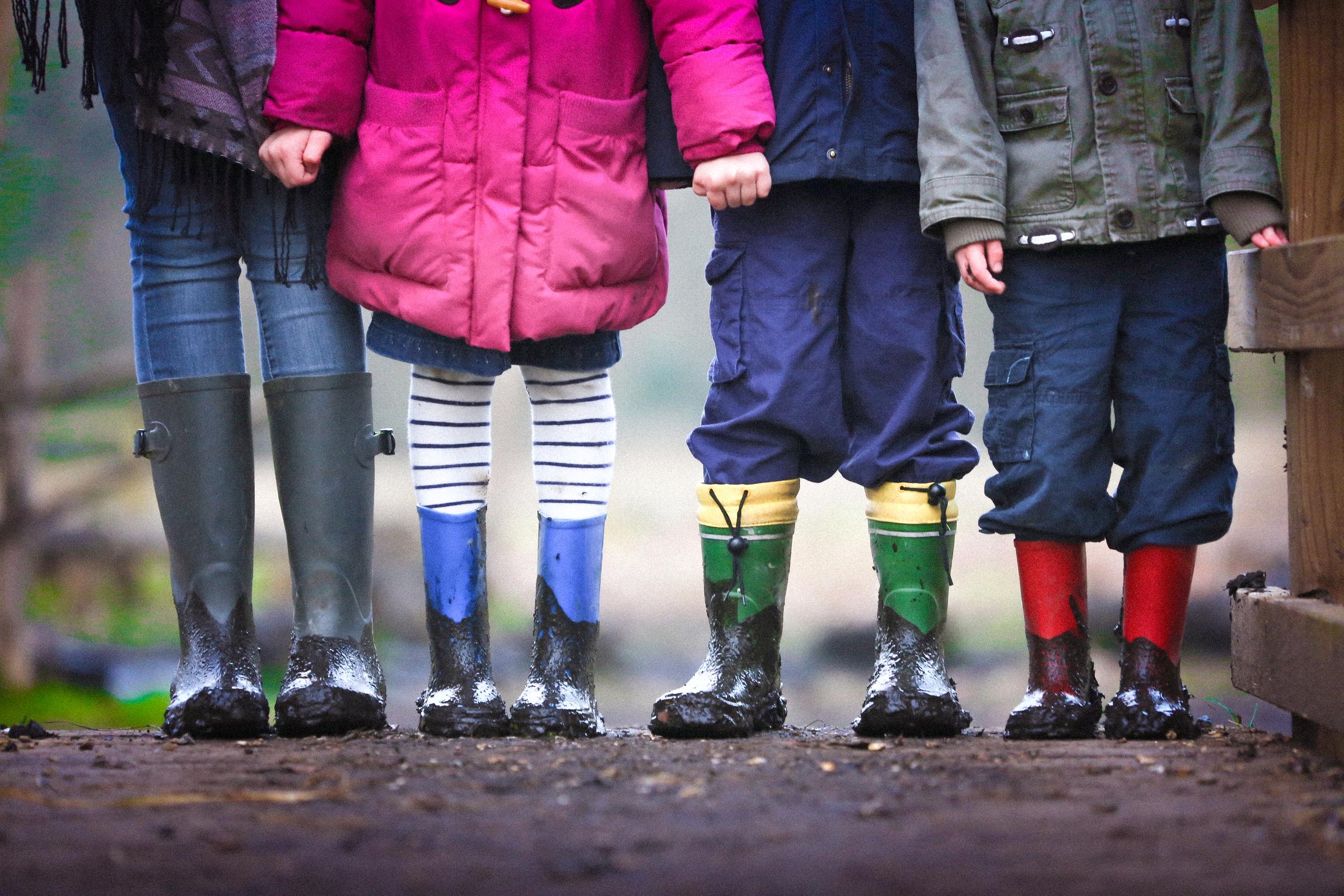Wellbeing
Georgie Carman (SEL teacher)

Wellbeing
Georgie Carman (SEL teacher)
This term across the year levels the students have been learning about their emotions and how they can escalate positively and negatively depending on the situation. We have been discussing the effects that these emotions can have on our bodies and brains. Creating opportunities to be kind to ourselves through coping strategies when things don't quite go according to plan and being kind and empathetic towards others helps students develop further emotional intelligence. Below is an article by Racheal Tomlinson focussing on teaching your kids to be kind. Kindness should be something in today's society that we should all be striving towards, small acts of kindness can go a long way and improve mental wellbeing for all involved.


by Rachel Tomlinson
Judgement and criticism are the stock in trade for many people in today’s fast-paced world. In our playgrounds and parks, children often act cruelly – or are simply uninterested in how other people feel. Little kids, big kids, and even adults can respond reactively and unthinkingly, or sometimes intentionally, with unkindness.
Although being unkind is nothing new (it’s happened from the beginning of humanity), technology is enabling cruelty in faster, easier, anonymous ways. Technology is also making it hard for our kids to develop skills to delay gratification. Exercising impulse control – self regulation – is trickier because waiting isn’t needed. These things combine to make it increasingly hard to be a compassionate and kind person, someone who considers the needs of others rather than acting out of self-interest. It demands intention and commitment.
Our brains release “feelgood” chemicals (like oxytocin, serotonin, and endorphins) which fight stress and make us feel happy when we engage in, or even witness, acts of kindness. It’s called the “helper’s high” and it’s our brains’ way of rewarding us for doing good, making us want to repeat the behaviour to get the same good feeling again. Not only does being kind feel good, but it generally keeps us safe because it makes us more likely to be accepted by social groups. It builds social capital when we are considerate of the needs of others.
Even though they are hardwired for kindness we still need to create opportunities for our kids to engage in acts of kindness. We also need them to know what it feels like to have someone treat them kindly (so they know what behaviours to copy, and why kindness is important). So how can you help them?
Show your children how you treat others kindly. Hold open doors for people, put trolleys back that are in the middle of the car park, drop a meal to a sick family member, donate old towels to an animal shelter, let someone in when traffic is heavy.
They don’t have to be grand gestures, just small and gentle ways of considering the needs of others.
Consider how you speak to your child and what you say when you speak. Ask how you speak about others (and yourself). Our kids use our behaviour as templates for how they should act. So let them see your compassion shine through for those around you. Be kind as you listen. Be kind as you talk. Say kind things.
Is one child great at maths and their younger sibling isn’t? Invite them to teach them or guide them through their homework. Ask them to show you how to play their favourite video game. If they are great at cooking, ask them to help you prepare dinner. Having them involved in prosocial ways gives them a helper’s high.
Kids who struggle to regulate and manage their emotions will find it harder to treat others with compassion. An essential part of teaching kids to be kind centres on teaching them to manage challenging emotions, and giving them coping strategies to navigate their way through.
When you do this, you’re being kind, teaching kindness, and helping them be kind to themselves.
Encouraging kids to be kind is essential in helping them avoid seeking instant gratification, ego-centric solutions, or being cruel. When people are empathic and kind they are more likely to experience better overall wellbeing, this is in part due to the helper’s high, but also because they feel fulfilled and tend to have better quality relationships. Kindness is cool!


Rachel Tomlinson is a registered psychologist and the author of Teaching Kids to be Kind and A Blue Kind of Day. Rachel has presented at national conferences on mental health topics as well as guest lectured about relationships at colleges and universities. She also serves as a subject matter expert for journalists on topics such as parenting, child development, and relationships. For further details visit: www.towardwellbeing.com